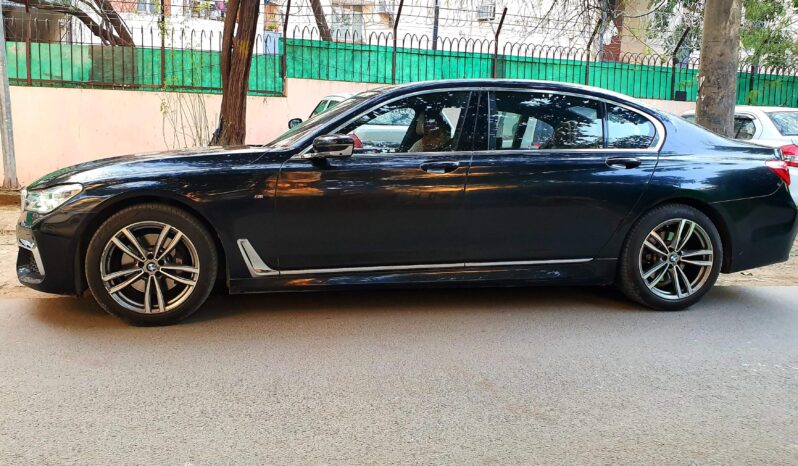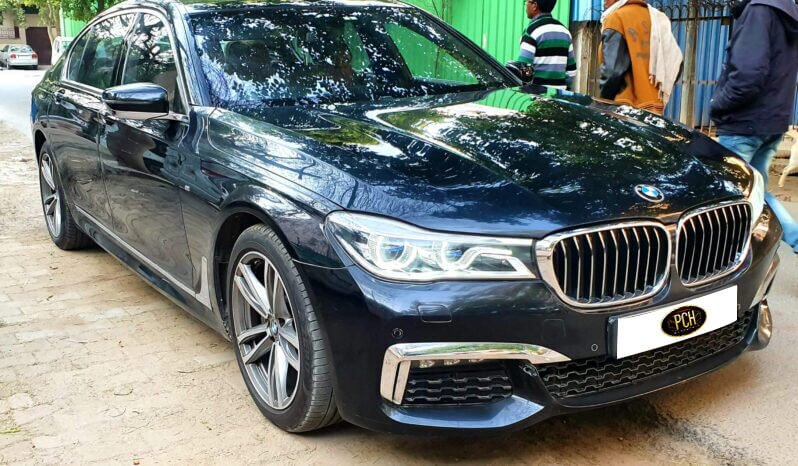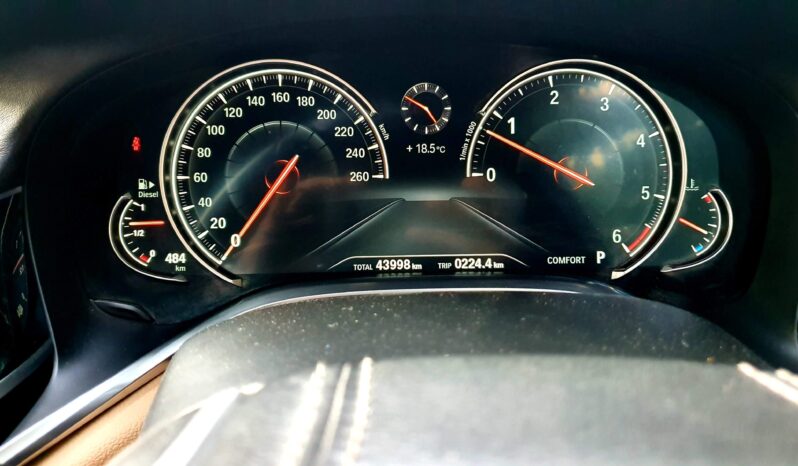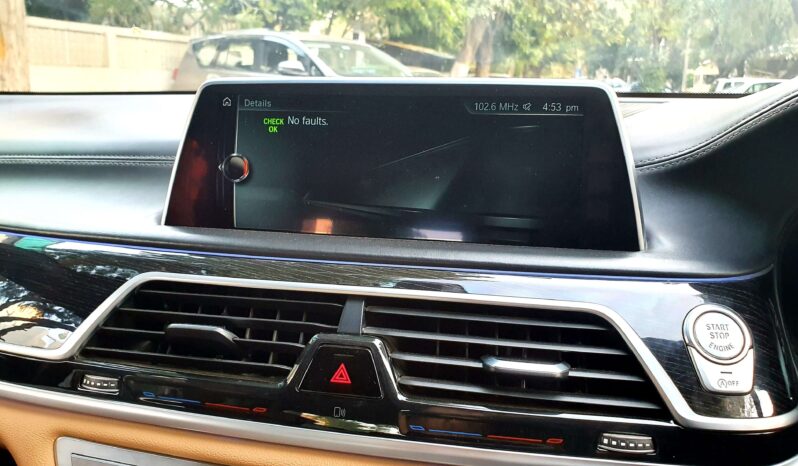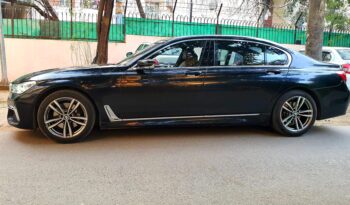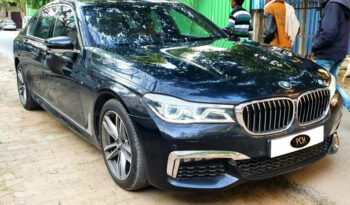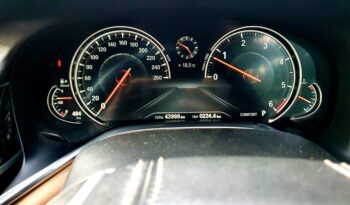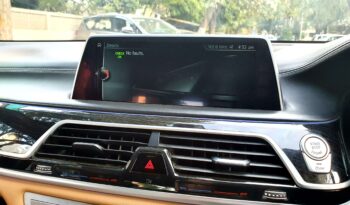BMW can do big saloons with its eyes shut, but its eyes are never shut. Every corporate, engineering, technology and design sinew is strained to full tolerance each time it brings a new 7-series to market. The previous car, the fifth generation, whose lifespan virtually mirrored that of Cameron’s coalition government, was immense. ‘If this is a limo I want to retrain as a chauffeur, because it’s absolutely epic to drive,’ I wrote, when saying goodbye to our long-term 09-plate F01 730d in the May 2010 issue of CAR. Six years later the same can be said again, word-for-word, of this 65-plate G11 generation. As far as the ultimate driving machine is concerned, there has been no mission creep.
Much has been made of the current 7’s array of edgy technology, and I’ve done my best to be impressed, but quite a lot of the really excellent stuff – active roll stabilisation, night vision, head-up display, active steering – was already on the previous car. And, with apologies to geekdom, quite a lot of the new stuff is window dressing. Gesture control is not ready yet, the smart key doesn’t really add anything, the removable tablet is rather gimmicky, and self-parking (not fitted on my car, but we tried it out) is clever but wouldn’t work in any UK car park I’ve ever been to because it can only move forward or back in a straight line. And while none of this criticism amounts to condemnation, everywhere you look there’s obsolescence lurking.
It’s the stuff you can’t see that cuts through, that proves the evolution of the species. The radical use of carbon core technology cuts weight (130kg compared with our old car) and establishes phenomenal body control, the intuitive eight-speed auto ’box is a giant leap, the anti-roll bars are now electromechanically operated, and the 3.0-litre twin-turbodiesel is way torquier than before (457lb ft against 395) yet substantially cleaner and so much more efficient you’ll do a double-take. Previously 37.2mpg, now 60.1? Astonishing. At this rate of progress the 2026 730d will top 100mpg (on paper, obviously – we actually averaged 39.8).
The bigger question is this: is there a place for a massive, premium three-box saloon in 2016, beyond its traditional purposes of VIP-shuffler, tech showcaser and halo-adorned range-topper? In an age of astonishingly capacious SUVs and family swallowing MPVs a car of this size (at 5098mm it’s longer than a Range Rover) that seats only four, and with the rear two in disappointingly cramped conditions in the standard wheelbase version, seems off the pace, despite the beautifully appointed cabin and epic seats.
Then there’s the dreary reality: what will this car be worth in five years’ time? Our previous 730d was priced at £56,790 (£75,015 once we’d over-specced it), yet today we found an almost identical spec car for around £14,000 with 100k miles. And despite the car’s rarity – UK sales can be counted in hundreds – there are plenty out there. This year’s model is priced at £68,180 (£84,465 as tested). At 12k miles and a year old it’s already shed £25,000. What will it cost in 2020? £15,000? That’s not only a plummetous hit, it’s also a lot for a car packed with technology that’s long been left for dead. On the other hand, clinchingly, it’s peanuts for a fabulous driver’s car.
And I want to leave no doubt in any reader’s mind here: the 7 is a fabulous driver’s car. All the cautions and caveats mentioned above are made in the name of due care, fashioned to satisfy the latest EU directive mandating sensibleness every time excess is mentioned. But hell, we’ve quit the EU, so their rules can’t touch me now. I would buy a 7-series today if I could afford it, no question. And if I can get one in 2020 for £15k, well, there’s no decision to make.

